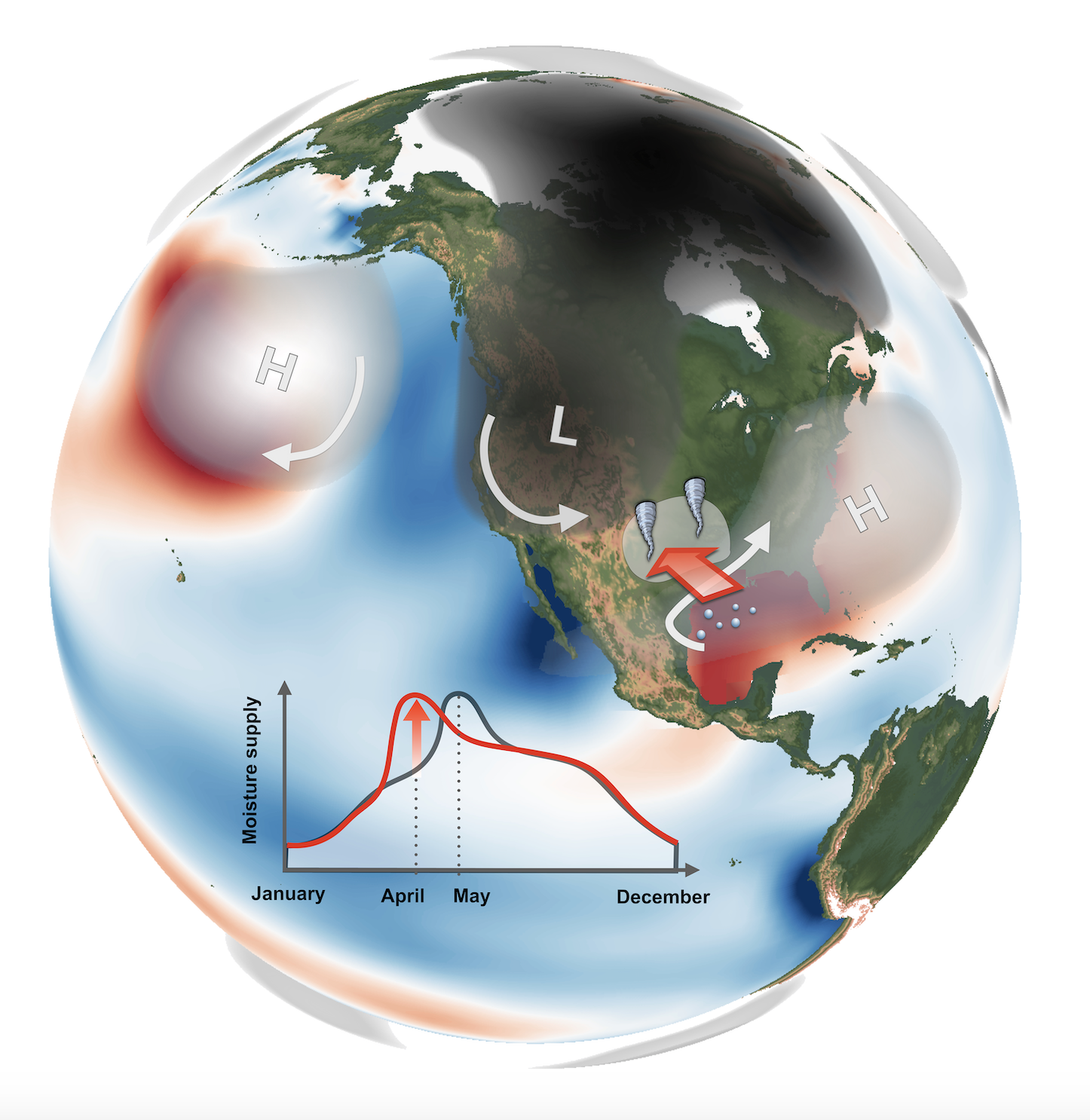주메뉴
- About IBS 연구원소개
-
Research Centers
연구단소개
- Research Outcomes
- Mathematics
- Physics
- Center for Underground Physics
- Center for Theoretical Physics of the Universe (Particle Theory and Cosmology Group)
- Center for Theoretical Physics of the Universe (Cosmology, Gravity and Astroparticle Physics Group)
- Dark Matter Axion Group
- Center for Artificial Low Dimensional Electronic Systems
- Center for Theoretical Physics of Complex Systems
- Center for Quantum Nanoscience
- Center for Exotic Nuclear Studies
- Center for Van der Waals Quantum Solids
- Center for Relativistic Laser Science
- Chemistry
- Life Sciences
- Earth Science
- Interdisciplinary
- Center for Neuroscience Imaging Research (Neuro Technology Group)
- Center for Neuroscience Imaging Research (Cognitive and Computational Neuroscience Group)
- Center for Algorithmic and Robotized Synthesis
- Center for Genome Engineering
- Center for Nanomedicine
- Center for Biomolecular and Cellular Structure
- Center for 2D Quantum Heterostructures
- Center for Quantum Conversion Research
- Institutes
- Korea Virus Research Institute
- News Center 뉴스 센터
- Career 인재초빙
- Living in Korea IBS School-UST
- IBS School 윤리경영


주메뉴
- About IBS
-
Research Centers
- Research Outcomes
- Mathematics
- Physics
- Center for Underground Physics
- Center for Theoretical Physics of the Universe (Particle Theory and Cosmology Group)
- Center for Theoretical Physics of the Universe (Cosmology, Gravity and Astroparticle Physics Group)
- Dark Matter Axion Group
- Center for Artificial Low Dimensional Electronic Systems
- Center for Theoretical Physics of Complex Systems
- Center for Quantum Nanoscience
- Center for Exotic Nuclear Studies
- Center for Van der Waals Quantum Solids
- Center for Relativistic Laser Science
- Chemistry
- Life Sciences
- Earth Science
- Interdisciplinary
- Center for Neuroscience Imaging Research (Neuro Technology Group)
- Center for Neuroscience Imaging Research (Cognitive and Computational Neuroscience Group)
- Center for Algorithmic and Robotized Synthesis
- Center for Genome Engineering
- Center for Nanomedicine
- Center for Biomolecular and Cellular Structure
- Center for 2D Quantum Heterostructures
- Center for Quantum Conversion Research
- Institutes
- Korea Virus Research Institute
- News Center
- Career
- Living in Korea
- IBS School
News Center
Ocean temperatures turbocharge April tornadoes over Great Plains regionNew research, published in the journal Science Advances, has found that unusual ocean temperatures in the tropical Pacific and Atlantic can drastically increase April tornado occurrences over the Great Plains region of the United States. 2019 has seen the second highest number of January to May tornadoes in the United States since 2000, with several deadly outbreaks claiming more than 38 fatalities. Why some years are very active, whereas others are relatively calm, has remained an unresolved mystery for scientists and weather forecasters. Climate researchers from the IBS Center for Climate Physics (ICCP), South Korea have found new evidence implicating a role for ocean temperatures in US tornado activity, particularly in April. Analyzing a large number of atmospheric data and climate computer model experiments, the scientists discovered that a cold tropical Pacific and/or a warm Gulf of Mexico are likely to generate large-scale atmospheric conditions that enhance thunderstorms and a tornado-favorable environment over the Southern Great Plains.
This particular atmospheric situation, with alternating high- and low-pressure centers located in the central Pacific, Eastern United States and over the Gulf of Mexico, is known as the negative Pacific North America (PNA) pattern (Figure 1). According to the new research, ocean temperatures can boost this weather pattern in April. The corresponding high pressure over the Gulf of Mexico then funnels quickly-rotating moist air into the Great Plains region, which in turn fuels thunderstorms and tornadoes. “Previous studies have overlooked the temporal evolution of ocean-tornado linkages. We found a clear relationship in April, but not in May “, says Dr. Jung-Eun Chu, lead author of the study and research fellow at the ICCP. “Extreme tornado occurrences in the past, such as those in April 2011, were consistent with this blueprint. Cooler than normal conditions in the tropical Pacific and a warm Gulf of Mexico intensify the negative PNA, which then turbocharges the atmosphere with humid air and more storm systems”, explains Axel Timmermann, Director of the ICCP and Professor at Pusan National University. “Seasonal ocean temperature forecasts for April, which many climate modeling centers issue regularly, may further help in predicting the severity of extreme weather conditions over the United States”, says June-Yi Lee, Professor at Pusan National University and Coordinating Lead Author of the 6th Assessment report of the Intergovernmental Panel on Climate Change. “How Global Warming will influence extreme weather over North America, including tornadoes still remains unknown “, says. Dr. Chu. To address this question, the researchers are currently conducting ultra-high-resolution supercomputer simulations on the institute’s new supercomputer Aleph. Notes for editors - References - Media Contact - About the Institute for Basic Science (IBS) - About ICCP |
|||
Center for Climate PhysicsPublication Repository |
|||
|
|
| Next | |
|---|---|
| Next |
- Content Manager
- Public Relations Team : Yim Ji Yeob 042-878-8173
- Last Update 2023-11-28 14:20













